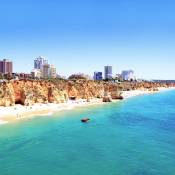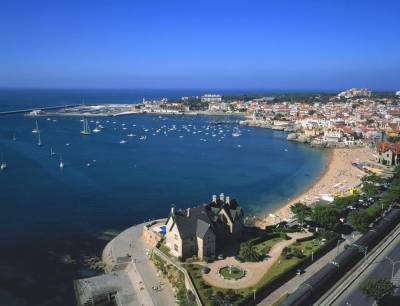Cascais has been one of Portugal's chicest coastal escapes since the country's nobility first made it their retreat of choice as they followed in the footsteps of none other than King Luis I in the 1870s. It's reputation only grew during the 1940s, when it became the destination of choice for overthrown members of royalty from right across Europe. Their stories are told in the Exiles Memorial Centre, one of many exciting Cascais museums.
Easily reached from both Lisbon and Sintra, Cascais is arguably the jewel in the crown of the Portuguese Riviera. Its attractive cobbled streets are lined with whitewashed buildings. They reflect the summer sunlight while maintaining an authentic Portuguese vibe.
Surrounded by expansive beaches including Praia do Guincho, Cascais is also popular with water sports enthusiasts keen to tackle the waves on surfboards or by windsurfing and kitesurfing. It also has enough golf courses to fill the average family holiday, while Casino Estoril has long been known by fans of blackjack and roulette, including James Bond author Ian Fleming.



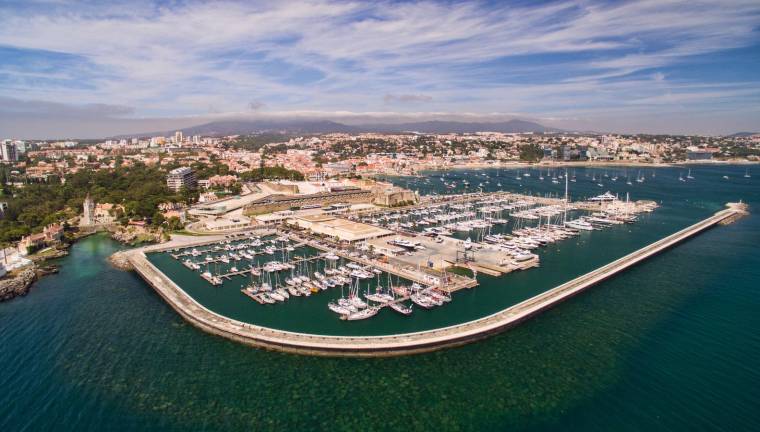









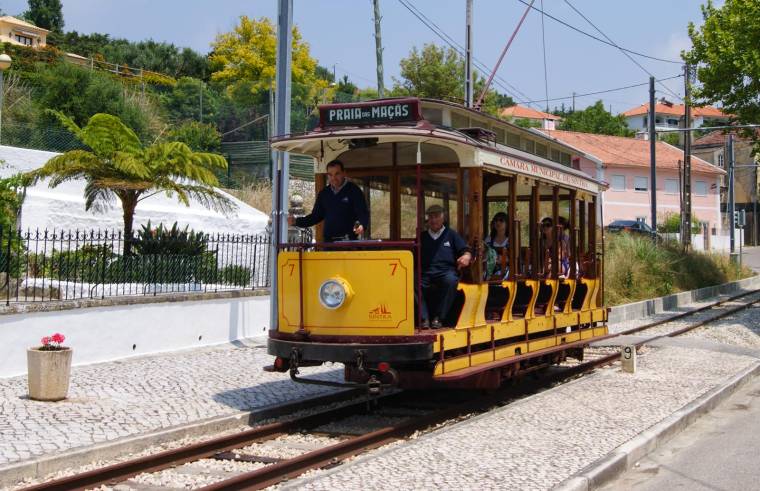

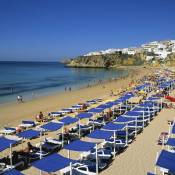 Albufeira
Albufeira
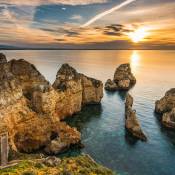

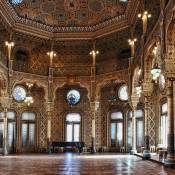


 Cascais
Cascais

